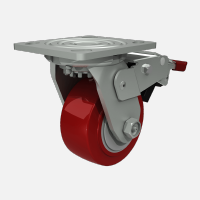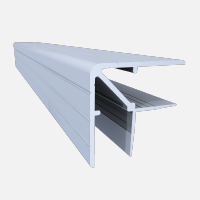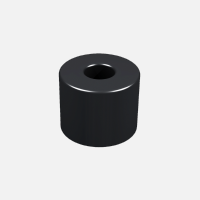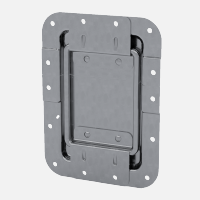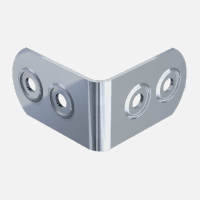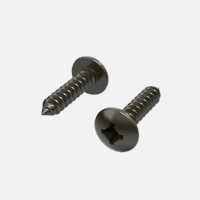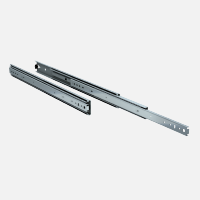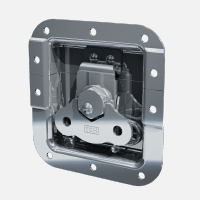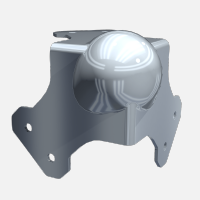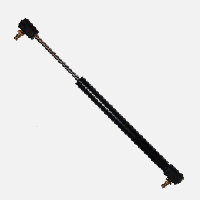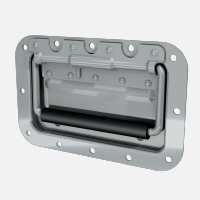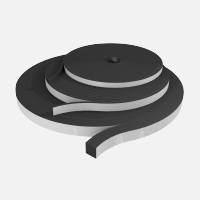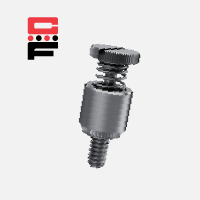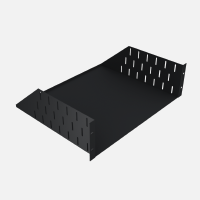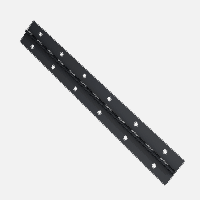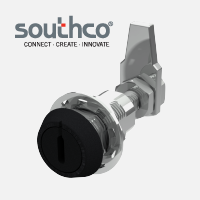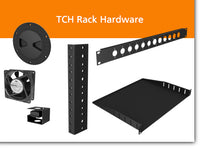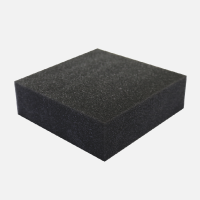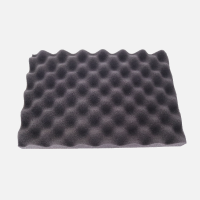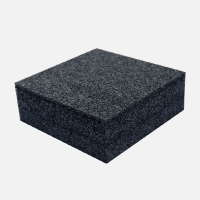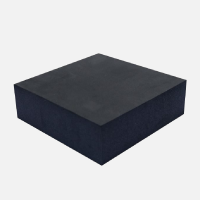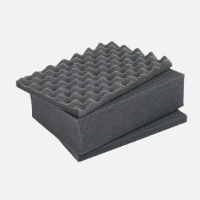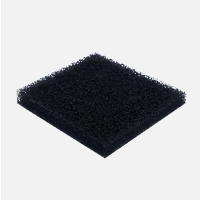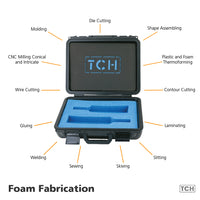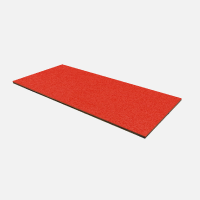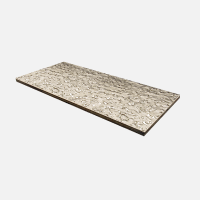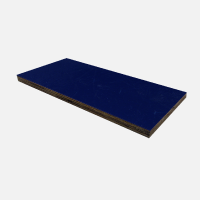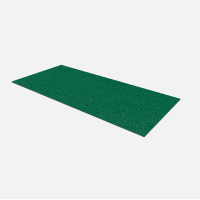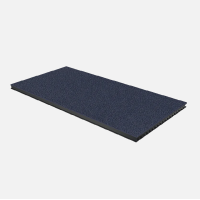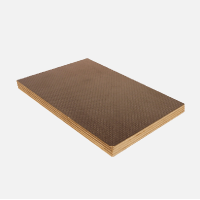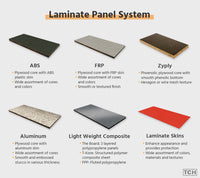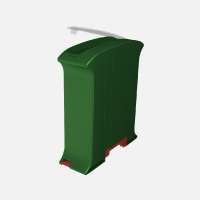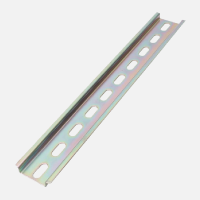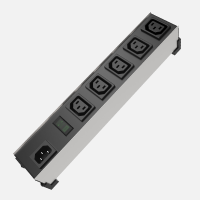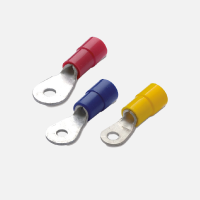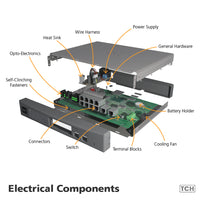When setting up a space where sound quality is paramount, one of the essential elements to consider is the thickness of the acoustic foam. For design engineers and buyers across Canada and the USA, understanding the subtleties between different foam thicknesses can significantly influence the acoustic performance of a space. Here’s a guide to help you determine whichacoustic foam thickness will best meet your specific needs.
What is Acoustic Foam?
Acoustic foam is a specialized material designed to improve the sound quality of a room by absorbing unwanted echoes and reducing reverberations. It's used in various settings, from recording studios and broadcast rooms to commercial spaces and home theaters, ensuring clearer sound transmission and privacy.
How Acoustic Foam Works
Acoustic foam functions by trapping sound waves and dampening vibrations within a room. The open-cell structure of the foam plays a crucial role in this process. As sound waves travel into the foam, they are forced to navigate through a complex network of foam cells and fibers. This journey through the open cells creates air resistance, which diminishes the energy of the sound waves.
The effectiveness of acoustic foam largely depends on its cell structure, thickness, and the material's density. Thicker foam with a denser composition generally provides better absorption of lower-frequency sounds, which are harder to control because of their longer wavelengths. Conversely, thinner foam is more effective at absorbing higher-frequency sounds, which have shorter wavelengths and are more easily diffused by smaller cells.
Understanding Different Thicknesses of Acoustic Foam
Selecting the right thickness of acoustic foam is crucial for optimizing the acoustic performance of any space. The thickness of the foam impacts how sound waves are absorbed, which in turn affects everything from sound clarity to reverberation control. Whether you're designing a vocal booth, setting up a music practice room, or outfitting a nightclub, the correct foam thickness can dramatically enhance the auditory experience. Here’s a breakdown of various foam thicknesses and their most suitable applications:
Thin Acoustic Foam Sheets
Thinacoustic foam sheets are typically used in settings where the concern is primarily higher-frequency sounds. Ideal for vocal booths or home studios, these sheets are lightweight, easy to install, and cost-effective. They’re perfect for reducing sound echoes and minor reverberations, making them a practical choice for enhancing speech clarity.
Medium Thickness Acoustic Foam
Offering a balance between performance and cost, medium thickness foam is versatile enough to handle a broader range of frequencies. This makes it suitable for music practice rooms and small commercial environments where both speech and music quality are important. It provides a good balance of high and mid-frequency sound absorption.
Thick Acoustic Foam
For environments that contend with a lot of low-frequency noise, such as drum rooms or nightclubs,thick acoustic foam is necessary. Its denser structure allows it to absorb bass frequencies effectively, preventing sound from becoming muddy or overly resonant. Thick foam is excellent for maximizing sound clarity in spaces that experience varied acoustic demands.
Factors to Consider When Choosing Acoustic Foam Thickness
Choosing the right thickness for your acoustic foam involves more than just matching the foam to your noise levels. It’s important to consider the specific security needs of the environment—will this foam need to adhere to stringent fire codes? Additionally, think about the physical conditions of the space, such as humidity and temperature, which could affect the foam's longevity and effectiveness.
Installation Tips and Best Practices
Ensuring your acoustic foam functions optimally isn't just about selecting the right thickness—it also includes understanding how to leverage professional resources. Engaging with specialists who can assess your specific environment and provide tailored solutions guarantees your acoustic foam installation is optimized for your particular requirements. Specialists can ensure that the acoustic treatment works in harmony with other elements in the space, such as HVAC systems and interior design, to provide not only functional but also aesthetically pleasing solutions.
Maximize Your Space's Acoustic Quality with TCH's Expert Guidance
Selecting the appropriate thickness of acoustic foam is crucial for achieving desired acoustic outcomes in any environment. By considering the specific characteristics of the space and the sounds it will contain, you can choose a solution that enhances both the clarity and quality of audio experiences. For expert advice and access to a range of high-quality acoustic foam solutions, consider reaching out to professionals who can guide you through the selection process with precision and care.
For more information and to explore our selection of acoustic foam sheets and thick acoustic foam solutions tailored to meet your unique needs, visit TCH or contact our expert team today. We're ready to help you enhance the acoustic dynamics of your spaces effectively and efficiently.




